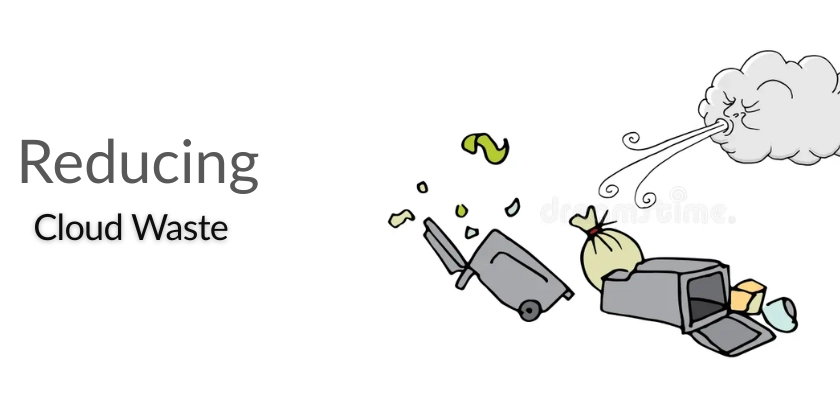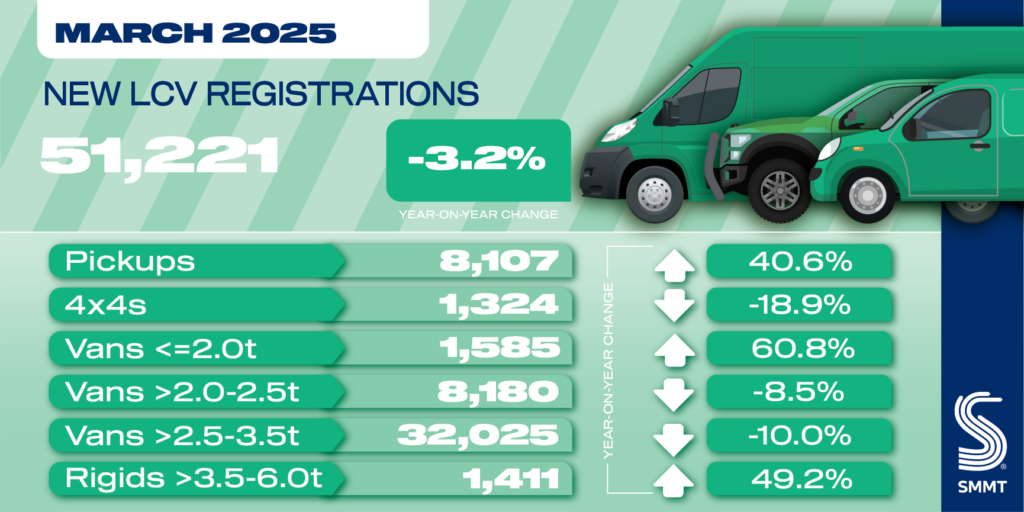Reducing Cloud Waste in SaaS Companies
Cloud computing powers Software-as-a-Service (SaaS) companies, helping them grow fast and serve customers worldwide. It’s flexible and scalable, but it comes with a catch: cloud waste. Studies show that businesses waste up to 30% of their cloud budgets on resources they don’t need. For SaaS companies, where every dollar counts, reducing cloud waste is a smart way to cut costs, boost profits, and even help the environment. This article explains what cloud waste is, why it happens in SaaS companies, and how to stop it. With clear strategies, SaaS leaders can make their cloud usage more efficient while keeping customers happy. What Is Cloud Waste? Cloud waste happens when a company pays for cloud resources—like storage, computing power, or bandwidth—that it doesn’t fully use. In SaaS companies, this might mean: Running extra servers that sit idle after a project ends. Keeping old data backups that no one needs anymore. Using more power than necessary to handle customer traffic. This waste costs money. For example, a 2023 report by Flexera found that companies lose millions yearly on unused cloud services. It also hurts the planet, as cloud data centers use a lot of energy, and extra waste means more carbon emissions. Why SaaS Companies Struggle with Cloud Waste SaaS businesses face unique challenges that make reducing cloud waste tricky. Here are the main reasons it happens: Changing Demand: Customer usage goes up and down—think busy seasons or new product launches. Resources added for busy times often stay active when things slow down. Team Disconnect: Engineers, product managers, and finance teams may not talk enough, leading to poor decisions about cloud use. Paying for Potential: Cloud providers charge for what you reserve, not just what you use. SaaS companies often book extra capacity “just in case,” even if they don’t need it. Old Systems: Some SaaS platforms move outdated setups to the cloud without fixing them, wasting resources. Understanding these issues is the first step to fixing them. Next, let’s look at how to tackle cloud waste head-on. How to Reduce Cloud Waste: Practical Steps Reducing cloud waste in SaaS companies doesn’t have to be complicated. With the right tools and habits, you can save money and keep your platform running smoothly. Here are some clear strategies: 1. Use Tools to Track Spending You can’t fix what you can’t see. Cloud cost tools—like AWS Cost Explorer or Google Cloud’s Cost Management—show where your money goes. They help you spot unused servers or storage eating up your budget. For example, you might find that 15% of your resources are barely used and can be cut. 2. Match Resources to Real Needs Overbooking cloud power is like renting a huge office you don’t fill. Check your usage history and pick the right size for servers or storage. You can also try “serverless” options, like AWS Lambda, where you only pay for what you use—no waste there. 3. Automate Cleanup Forgotten resources are a big waste source. Set up automation to: Turn off test servers at night or on weekends. Delete old files or backups after a set time. Tools like Kubernetes can also manage workloads better, so you don’t overuse resources. 4. Build a Cost-Smart Team Get everyone on board with a “FinOps” approach—short for Financial Operations. This means engineers, finance, and leaders work together to watch costs. Train your team to: Pick cheaper options when possible. Shut down unused tools. Regular reviews can catch waste early, like paying too much for fancy storage you don’t need. 5. Share Resources Across Customers SaaS companies often serve many clients on one platform. Use “multi-tenancy” to share resources smartly. For example, one database cluster can handle multiple clients instead of setting up separate ones for each. 6. Cut Data Waste Old logs, backups, or analytics files pile up fast. Set rules to move outdated data to cheap storage (like AWS S3 Glacier) or delete it when it’s no longer useful. This keeps costs down without losing important info. Why Reducing Cloud Waste Matters Taking steps to reduce cloud waste pays off in big ways. Here’s what SaaS companies gain: More Money: A company spending $1 million on the cloud might waste $250,000. Cutting that waste frees up cash for new features or marketing. Better Performance: Fewer unused resources mean your system runs faster and smoother. Greener Image: Less waste cuts energy use, showing customers and investors you care about sustainability. Challenges to Watch Out For Reducing cloud waste sounds great, but it’s not always easy. Engineers might resist changing old habits, or fixing outdated systems could take time. Start small—shut down idle servers first—then build from there. Cloud providers can also offer tips to make the switch smoother. Real-World Example Imagine a SaaS

Cloud computing powers Software-as-a-Service (SaaS) companies, helping them grow fast and serve customers worldwide. It’s flexible and scalable, but it comes with a catch: cloud waste. Studies show that businesses waste up to 30% of their cloud budgets on resources they don’t need. For SaaS companies, where every dollar counts, reducing cloud waste is a smart way to cut costs, boost profits, and even help the environment.
This article explains what cloud waste is, why it happens in SaaS companies, and how to stop it. With clear strategies, SaaS leaders can make their cloud usage more efficient while keeping customers happy.
What Is Cloud Waste?
Cloud waste happens when a company pays for cloud resources—like storage, computing power, or bandwidth—that it doesn’t fully use. In SaaS companies, this might mean:
- Running extra servers that sit idle after a project ends.
- Keeping old data backups that no one needs anymore.
- Using more power than necessary to handle customer traffic.
This waste costs money. For example, a 2023 report by Flexera found that companies lose millions yearly on unused cloud services. It also hurts the planet, as cloud data centers use a lot of energy, and extra waste means more carbon emissions.
Why SaaS Companies Struggle with Cloud Waste
SaaS businesses face unique challenges that make reducing cloud waste tricky. Here are the main reasons it happens:
- Changing Demand: Customer usage goes up and down—think busy seasons or new product launches. Resources added for busy times often stay active when things slow down.
- Team Disconnect: Engineers, product managers, and finance teams may not talk enough, leading to poor decisions about cloud use.
- Paying for Potential: Cloud providers charge for what you reserve, not just what you use. SaaS companies often book extra capacity “just in case,” even if they don’t need it.
- Old Systems: Some SaaS platforms move outdated setups to the cloud without fixing them, wasting resources.
Understanding these issues is the first step to fixing them. Next, let’s look at how to tackle cloud waste head-on.
How to Reduce Cloud Waste: Practical Steps
Reducing cloud waste in SaaS companies doesn’t have to be complicated. With the right tools and habits, you can save money and keep your platform running smoothly. Here are some clear strategies:
1. Use Tools to Track Spending
You can’t fix what you can’t see. Cloud cost tools—like AWS Cost Explorer or Google Cloud’s Cost Management—show where your money goes. They help you spot unused servers or storage eating up your budget. For example, you might find that 15% of your resources are barely used and can be cut.
2. Match Resources to Real Needs
Overbooking cloud power is like renting a huge office you don’t fill. Check your usage history and pick the right size for servers or storage. You can also try “serverless” options, like AWS Lambda, where you only pay for what you use—no waste there.
3. Automate Cleanup
Forgotten resources are a big waste source. Set up automation to:
- Turn off test servers at night or on weekends.
- Delete old files or backups after a set time. Tools like Kubernetes can also manage workloads better, so you don’t overuse resources.
4. Build a Cost-Smart Team
Get everyone on board with a “FinOps” approach—short for Financial Operations. This means engineers, finance, and leaders work together to watch costs. Train your team to:
- Pick cheaper options when possible.
- Shut down unused tools. Regular reviews can catch waste early, like paying too much for fancy storage you don’t need.
5. Share Resources Across Customers
SaaS companies often serve many clients on one platform. Use “multi-tenancy” to share resources smartly. For example, one database cluster can handle multiple clients instead of setting up separate ones for each.
6. Cut Data Waste
Old logs, backups, or analytics files pile up fast. Set rules to move outdated data to cheap storage (like AWS S3 Glacier) or delete it when it’s no longer useful. This keeps costs down without losing important info.
Why Reducing Cloud Waste Matters
Taking steps to reduce cloud waste pays off in big ways. Here’s what SaaS companies gain:
- More Money: A company spending $1 million on the cloud might waste $250,000. Cutting that waste frees up cash for new features or marketing.
- Better Performance: Fewer unused resources mean your system runs faster and smoother.
- Greener Image: Less waste cuts energy use, showing customers and investors you care about sustainability.
Challenges to Watch Out For
Reducing cloud waste sounds great, but it’s not always easy. Engineers might resist changing old habits, or fixing outdated systems could take time. Start small—shut down idle servers first—then build from there. Cloud providers can also offer tips to make the switch smoother.
Real-World Example
Imagine a SaaS company offering project management tools. They spend $800,000 yearly on cloud services but notice costs creeping up. After checking, they find 20% of their servers are idle and old backups are clogging storage. By using cost tools, automating shutdowns, and moving cold data to cheaper storage, they save $150,000 a year. That money goes into better customer support, helping them stand out in a crowded market.
Final Thoughts
Cloud waste is a silent drain on SaaS companies, eating into profits and resources. But it’s fixable. By tracking spending, matching resources to needs, automating cleanup, and building a cost-aware team, you can make reducing cloud waste a strength. The result? A leaner business that saves money, performs better, and meets customer demands—all while being kinder to the planet. In today’s competitive SaaS world, that’s a win worth chasing. Leveraging a seamless Cloud Consulting Services can help you throughout the process.


















_Christophe_Coat_Alamy.jpg?#)






















































